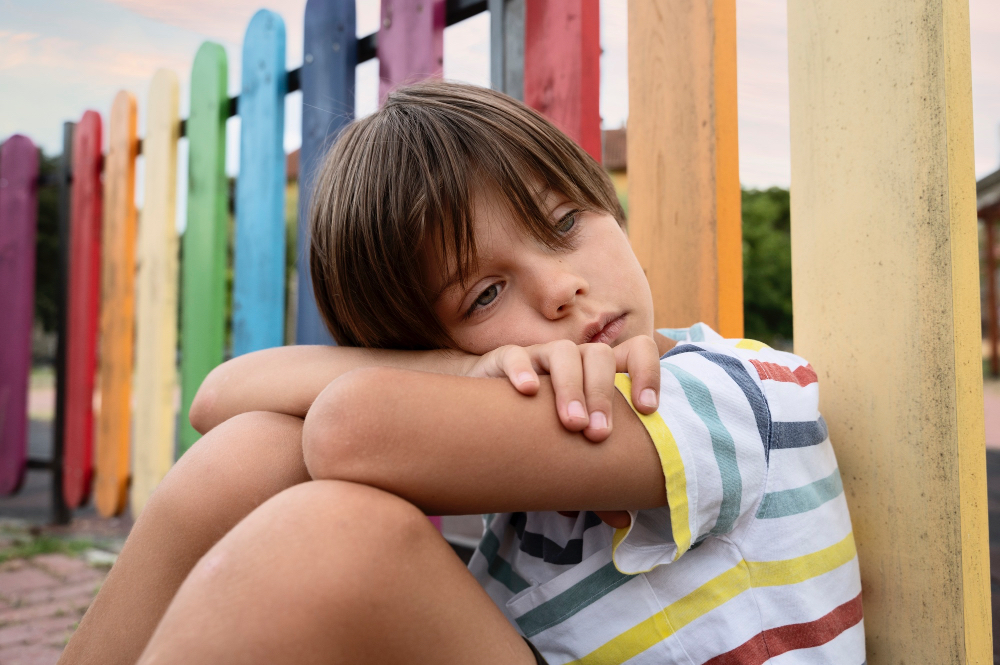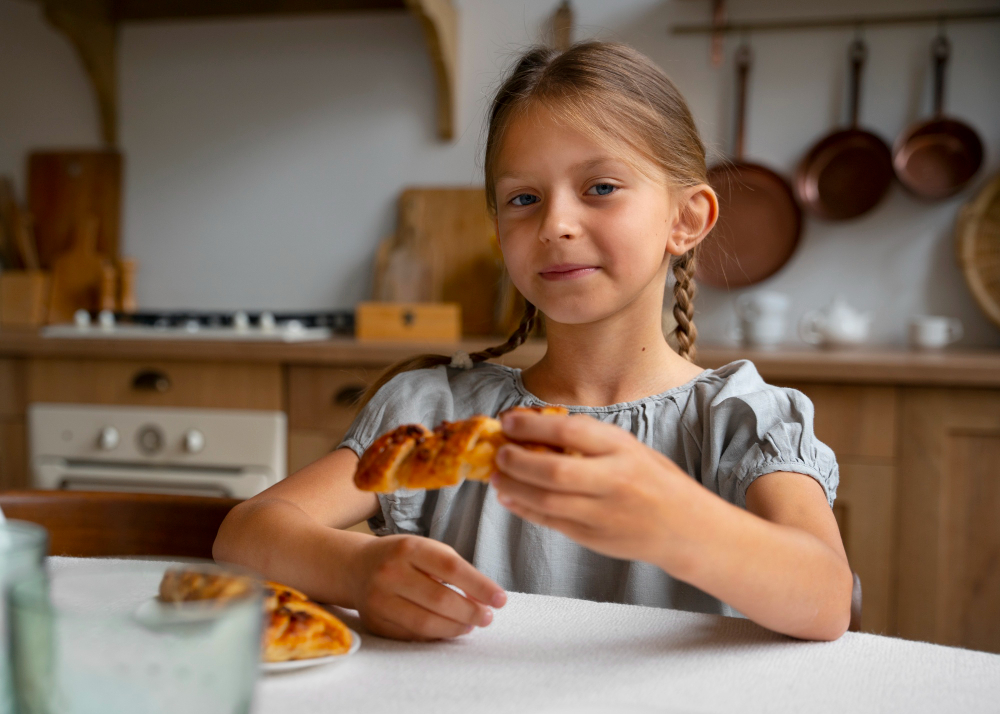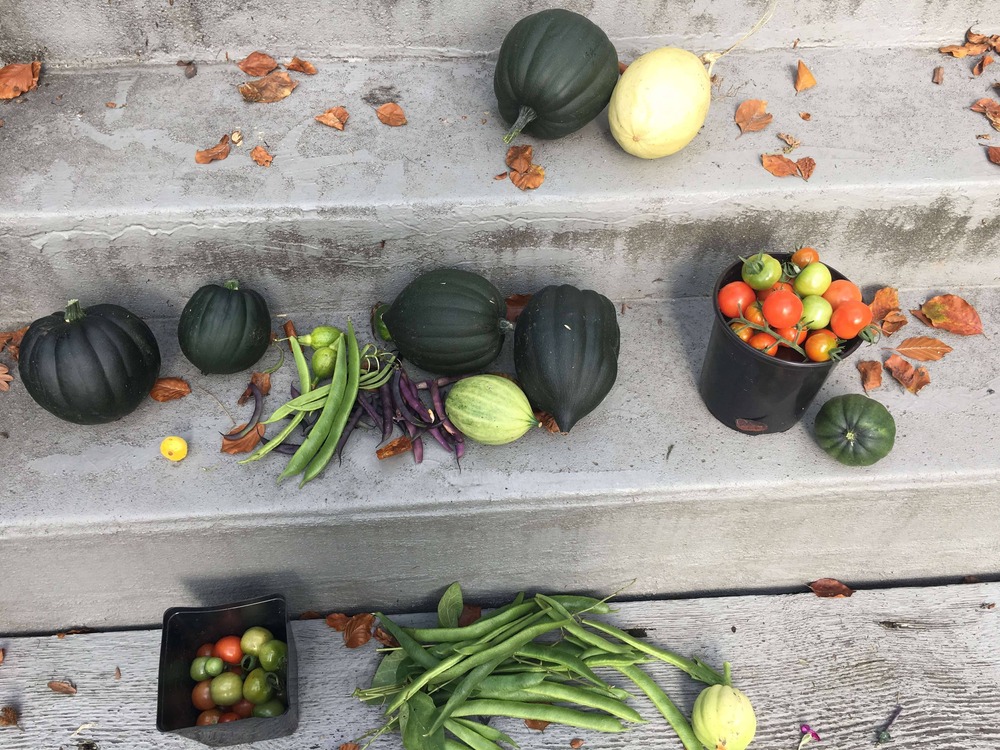Every parent who becomes an advocate stands at the threshold between justice and protection. We enter the arena to make things better, yet the fight itself can wound the very children whose pain brought us here. There is always a moment—quiet, terrible—when the pursuit of systemic change begins to scrape against the body of a single child. It’s easy to underestimate the impact of cumulative harm. I have lived that moment many times, watching harm accumulate while I argued for reform, realising that righteousness and safety are parallel lines that do not always intersect.
The desire to stay in the fight
The advocacy community, in its collective courage, can begin to mirror the institutions it resists. We teach each other to persevere, to document, to escalate. We tell ourselves that our suffering is strategic, that endurance equals impact, that leaving the field would betray the cause. There is complicity in that logic: a shared faith that justice requires sacrifice, even if the sacrifice is a child’s peace. I have felt the seduction of that righteousness—the belief that staying is always better than retreat, that silence forfeits power, that withdrawal equals failure.
The cost measured in childhood
Children do not experience activism in theory. They feel it as absence, tension, fatigue. They watch their parents rehearse careful phrases for meetings, absorb the disappointment of each bureaucratic letter, and learn that hope can also bruise. A child may understand that a parent fights for fairness, but their nervous system registers only the cost. To protect them sometimes means stepping away from the fight, even when the injustice remains unchanged, because the body of a child cannot wait for systemic progress.
-
She graduated and this is what she learned
On raising a badass advocate, unintentionally. I didn’t set out to raise an advocate—I set out to raise a child. A child who might feel safe in her body and steady in her breath, who might look out at the world and feel…
The advocacy paradox
Every movement contains this paradox: collective victories rely on individual endurance, yet that endurance is finite and unevenly distributed. Some families leave because their children cannot withstand another evaluation, another exclusion, another meeting that promises repair while deepening harm. Others stay and become the movement’s conscience, reminding us what the stakes are. Neither choice is cowardice. Both are forms of love. But the movement must learn to bless withdrawal as much as persistence, to honour the parent who shelters as fiercely as the one who campaigns.
-
Keeping vigil
I live as though in a vigil, waiting for my child to heal from the slow injuries of school, which for many people represents a place of nurture and discovery, yet for him became an arena of exhaustion where survival eclipsed joy and…
Learning when to leave
Leaving is not surrender; it is an act of triage. It recognises that systems can metabolise our effort indefinitely, that no reform is worth the psychic disintegration of a child. There are seasons for confrontation and seasons for refuge, and wisdom lies in discerning which is which. I have learned to ask: who benefits from our continued exposure, and who bleeds from it? Sometimes the most radical act is to walk away quietly, carrying the child back into safety, while the unfinished work hums behind us.
A wider definition of victory
Perhaps victory means more than policy change. Perhaps it means raising children who know they are worth protecting even when justice remains incomplete. It means teaching them that survival is sacred, that stepping out of the line of fire does not erase courage, and that the body’s need for peace is as legitimate as the mind’s thirst for fairness. We can still pursue the right, but from the safety of distance, with our children intact, with our conscience whole.









